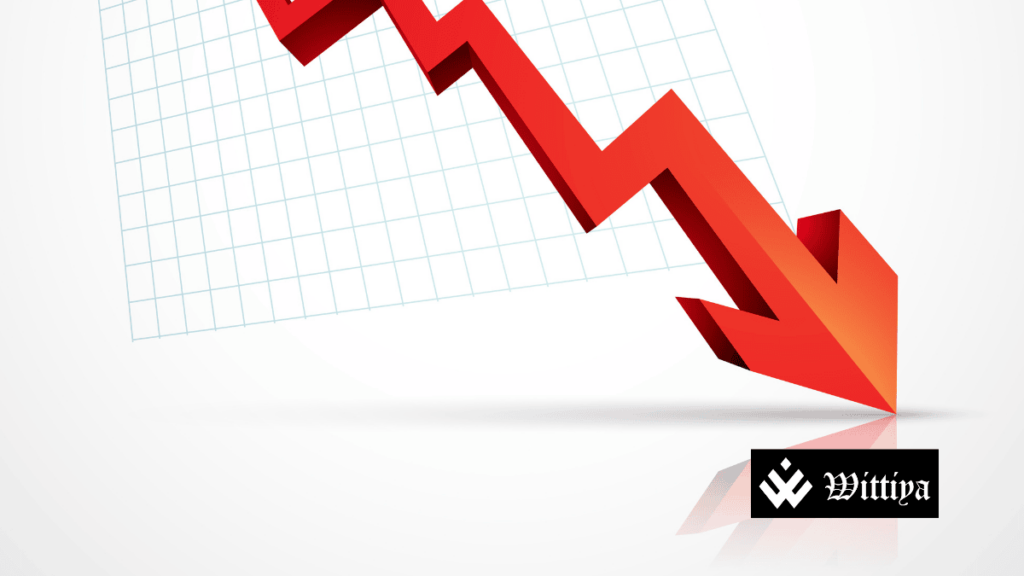Indian stock markets have plunged by up to 20%, raising investor concerns. However, historical trends indicate that previous crashes have been more severe, with markets displaying resilience and bouncing back over time.
Indian stock markets have witnessed a sharp decline, with the Nifty 500 dropping 20% from its peak, while key indices Nifty and Sensex have also fallen up to 14%. Despite concerns among investors, historical patterns indicate that this is not the worst downturn India has faced.
Over the past 30 years, Indian markets have experienced eight major corrections, yet have shown resilience in 22 of those years. The most severe crash occurred in 2008 when the collapse of Lehman Brothers triggered a global financial crisis, leading to a 60% drop in Sensex and Nifty. However, markets rebounded within three years, driven by global liquidity injections and economic recovery.
Past Market Recoveries and Current Trends
Other market downturns, including the 2013 “taper tantrum,” 2016 demonetisation, and the 2020 COVID-19 pandemic, saw quicker recoveries, often within a year. Analysts suggest that the current decline follows a familiar pattern, fueled by factors such as disappointing corporate earnings, stretched valuations, and global uncertainties.
Experts point to the stronger US dollar, trade policies under US President Donald Trump, and the Federal Reserve’s stance as contributors to the market turbulence. However, leading brokerage firms see potential for a rebound. Jefferies suggests Indian equities are nearing long-term valuation averages, Citigroup has set an ambitious Nifty target of 26,000, and Emkay Global predicts a possible earnings recovery in FY26.
While market volatility persists, historical trends indicate that downturns have always been followed by strong recoveries, giving long-term investors reasons to remain optimistic.



